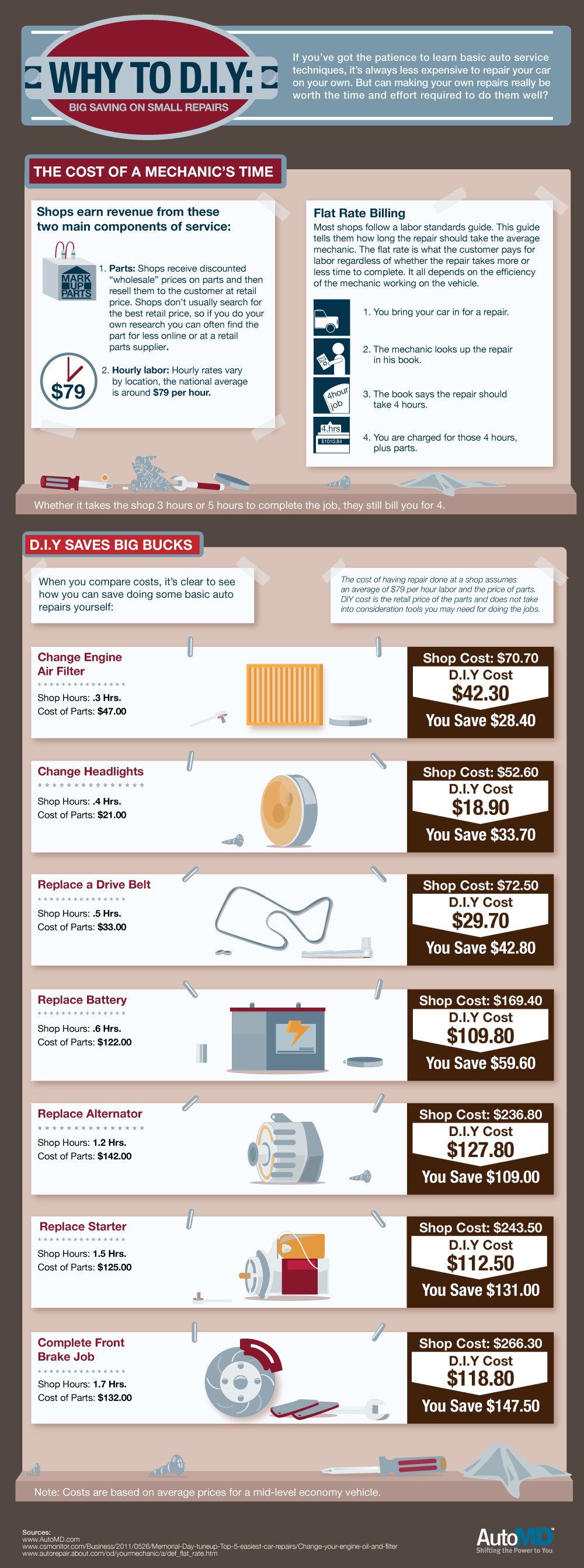When you're behind the wheel, those little warning lights on your car's dashboard can be rather perplexing. What do they imply, and should you be concerned? Comprehending these signals is important for your lorry's well-being, however it does not need to be a complicated job. By decoding the enigma behind each light, you'll be equipped to manage potential concerns effectively and maintain your automobile running smoothly. So, following visit my web site , don't panic - arm on your own with knowledge and take control of the situation.
Value of Vehicle Caution Lights
Recognizing the relevance of your vehicle's caution lights is vital for preserving your vehicle's health and wellness. These lights act as your cars and truck's interaction system, signaling you to prospective issues that can jeopardize your safety and security when driving or bring about pricey repair work if disregarded. By taking browse around this web-site of these warnings, you can attend to troubles early and stop more damages to your lorry.
Ignoring cautioning lights can lead to severe effects, such as engine failing, brake breakdowns, and even mishaps. These lights are designed to alert you of concerns varying from low tire stress to engine breakdowns, giving you the possibility to do something about it prior to the scenario aggravates. Consistently checking and understanding these cautions can save you time, money, and ensure your safety while driving.
Along with maintaining you risk-free, reacting quickly to alerting lights can also assist prolong the life-span of your auto. By addressing concerns beforehand, you can stop small problems from rising into major fixings, inevitably conserving you time and money in the future. Keep in mind, your car's warning lights are there for a factor - do not ignore them!
Common Warning Lights and Meanings
When it comes to driving your car, knowing common warning lights and their definitions is vital for your safety and automobile upkeep. Below are a couple of usual warning lights you may come across:
1. ** Inspect Engine Light **: This light shows an issue with your engine. It could be something small like a loosened gas cap or something much more serious like engine misfiring.
2. ** Battery Light **: This light signals a trouble with your automobile's charging system. It might indicate a damaged battery, alternator, or various other associated parts.
3. ** Oil Stress Light **: When this light begins, it implies your engine might be running low on oil or experiencing reduced oil pressure, which can result in engine damages otherwise dealt with immediately.
4. ** Brake System Light **: This light indicates a problem with your stopping system. It can imply low brake liquid degrees or a trouble with the brake system that requires prompt attention.
Recognizing these typical caution lights will certainly assist you recognize possible concerns early on and prevent even more substantial troubles in the future.
How to Respond to Caution Lights
In case a warning light illuminates on your car's control panel, it's critical to respond immediately and suitably. When a caution light comes on, the first step is to consult your proprietor's handbook to understand the certain issue shown by the light.
Some lights require instant focus, while others might indicate a much less urgent matter. If the caution light is red or blinking, it's normally an indicator of a significant problem that needs immediate activity. In such cases, it's suggested to pull over securely, shut off the engine, and seek professional assistance.
For yellow or orange warning lights, while they may not call for immediate focus, it's still crucial to address the hidden concern quickly to prevent additional damage. Regular maintenance and assessment can help prevent warning lights from beginning all of a sudden.
Conclusion
Finally, comprehending your vehicle's caution lights is critical for keeping your vehicle's health and wellness. By on a regular basis checking and reacting to these warnings, you can address possible concerns early and stop expensive repair work or safety dangers. Keep in mind to consult your owner's manual for information on various warning lights and always take instant action for red or flashing lights. Stay aggressive and keep your auto running efficiently!
